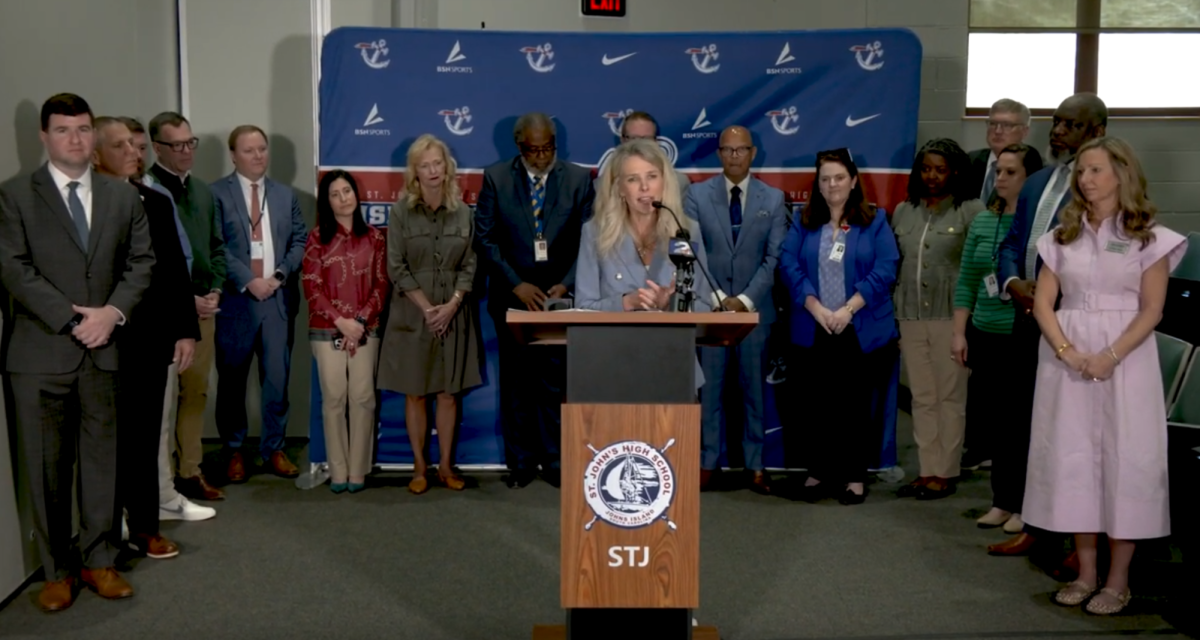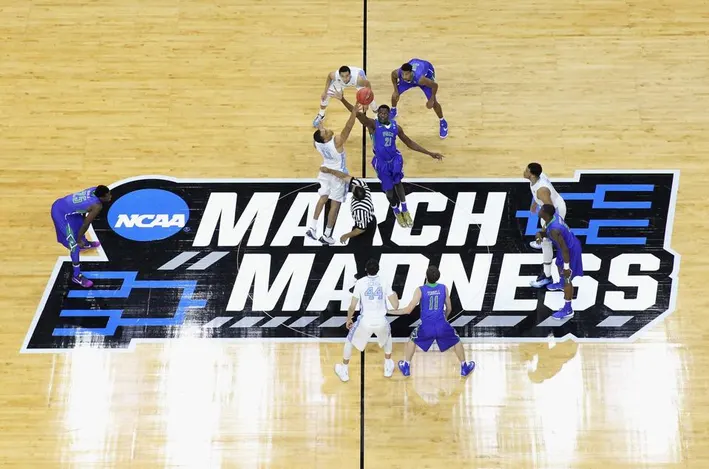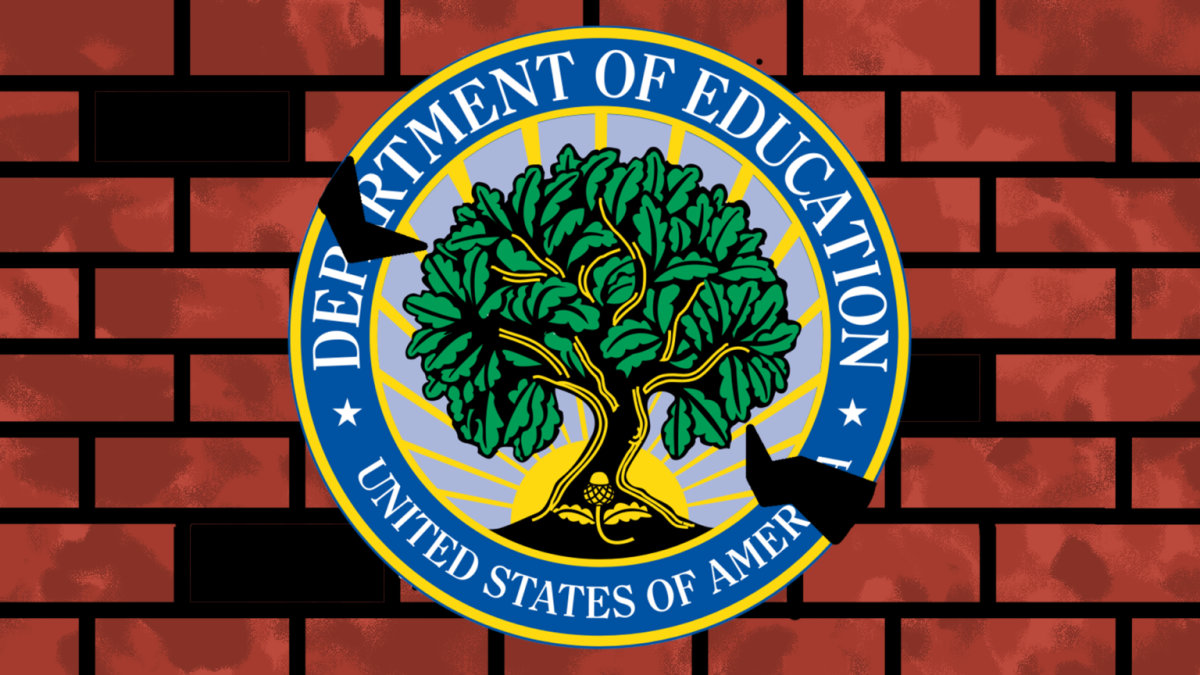A May 23, 2024 Supreme Court decision has the potential to significantly influence not only the representatives of South Carolina, but also the redistricting process of every other state.
Although South Carolina has been viewed as a solid “red state” for decades, in the 2020 election, 43.4% of South Carolinians voted for Biden, with 55.1% voting for Trump. While still a large margin of victory for Trump, based on this data, approximately three-sevenths of South Carolinians are aligned with the Democratic Party. (43.4% is exactly 3.038/7) Based on this, you’d assume that three of South Carolina’s seven congressional districts would be represented by Democrats. But since the 2020 election, only one district, the 6th, has had a Democrat. This is the result of gerrymandering.
Gerrymandering is the practice of redrawing electoral districts to unfairly favor one party or group over another. Now, redistricting is vital after every census, as it keeps districts’ populations equivalent, but when politicians get to draw the lines, they often draw lines to make sure their party gets the most seats. Gerrymandering is completely legal, and is used by both parties in states where they control the state legislature. Gerrymandering is completely undemocratic, as is often said to be not the voters choosing their politicians, but the politicians choosing their voters. The majority of Americans across the political spectrum don’t approve of Gerrymandering, but so long as the only ones who can end it are the ones who benefit, it keeps happening.
There are some limits on gerrymandering. Or, at least, there used to be. Of course, all the districts have to have an approximately equal population. And the Voting Rights Act of 1965 contains significant protections from the effects of gerrymandering, but mostly for minorities. This included a section that required states and areas with a “history of racial discrimination,” including South Carolina, to get federal approval to any changes to their voting laws. But in 2013, the Supreme Court’s conservative majority struck down that part of the law as unconstitutional.
After the 2010 census, North Carolina had to redraw their maps. Despite being a generally politically balanced state, there ended up being 9 Republican districts and 4 Democratic. In this redistricting, the legislature ended up creating two new majority black districts, which significantly diminished the power of black voters. This is another type of gerrymandering, not changing the influence of one party in comparison to another, but of a racial group. By packing black voters into the two districts, black voting power throughout the state decreased, which is why the Supreme Court found North Carolina’s map unconstitutional. While partisan gerrymandering was and still is legal, gerrymandering that involves race as a “predominant rationale” violates the Equal Protection Clause of the 14th Amendment. However, when North Carolina had to draw a new map, they still wanted to make it gerrymandered, but specifically didn’t use any racial data to draw their maps, only partisan data. And using this data, they managed to make 10 Republican districts and 3 Democratic. This map was also challenged in the Supreme Court, and while the majority opinion did find that partisan gerrymandering is completely undemocratic, it presents ‘political questions’ that are outside the jurisdiction of federal courts, meaning that partisan gerrymandering is completely legal, and something that courts cannot decide disputes over.
In 2018, Joe Cunningham won in an upset, taking the 1st district from the Republicans for the first time since the ‘80s. The 1st district contains much of the coast, and had been shifting towards the Democrats due to the growth of Charleston. While Nancy Mace narrowly took it back in 2020, the Republican state legislature didn’t want to risk losing the seat again, so after the 2020 census, they redrew the lines to make the district a safe election for Republicans, and Nancy Mace was reelected with a 14% lead in 2022.
It all seems unfair (and it’s very easy to argue that it is) but remember, gerrymandering solely for partisan advantage is completely legal, and something that federal courts have no jurisdiction over. So why did the courts get involved? Because the state legislature turned the 1st district red by moving 200,000 black voters over to the 6th district, which already had a black majority. According to the NAACP, who argued the districts were unconstitutional, by moving black voters into one district, their overall voting power is diminished. And the courts agreed.
The three-judge district court for South Carolina ruled unanimously that the lines drawn were unconstitutional, because race was the predominant factor in determining the lines. The state legislature appealed the decision to the Supreme Court, who in a 6-3 vote along party lines, overturned the district court’s decision. According to the Supreme Court, the NAACP’s evidence didn’t significantly prove that race was the predominant factor. Even if the changes to the map disproportionately affected minority voters, it was done for the purpose of giving a partisan advantage, so the court has no jurisdiction. While this ruling doesn’t actually legalize racial gerrymandering, it does require all lower courts to presume ‘good faith’ on the part of state legislatures, which makes the burden of proof so high that most racial gerrymandering claims can be dismissed as being only partisan gerrymandering.
So what effects will this case have? None immediately, as the next redistricting cycle is in 2030, but if the ruling still stands then, and congress hasn’t made any changes to gerrymandering law, it could give some states justification to draw more districts that diminish power from minorities under the guise of giving themselves a partisan advantage.
Sources:
South Carolina Election Results and Maps 2020
Gerrymandering Explained | Brennan Center for Justice
Americans Are United Against Partisan Gerrymandering | Brennan Center for Justice
How Partisan Gerrymandering Limits Voting Rights – Center for American Progress
Rucho v. Common Cause | Brennan Center for Justice
The Supreme Court rules in favor of South Carolina Republicans in voting map case : NPR
Court rules for South Carolina Republicans in dispute over congressional map – SCOTUSblog
Supreme Court to Consider South Carolina Voting Map Ruled a Racial Gerrymander – The New York Times














